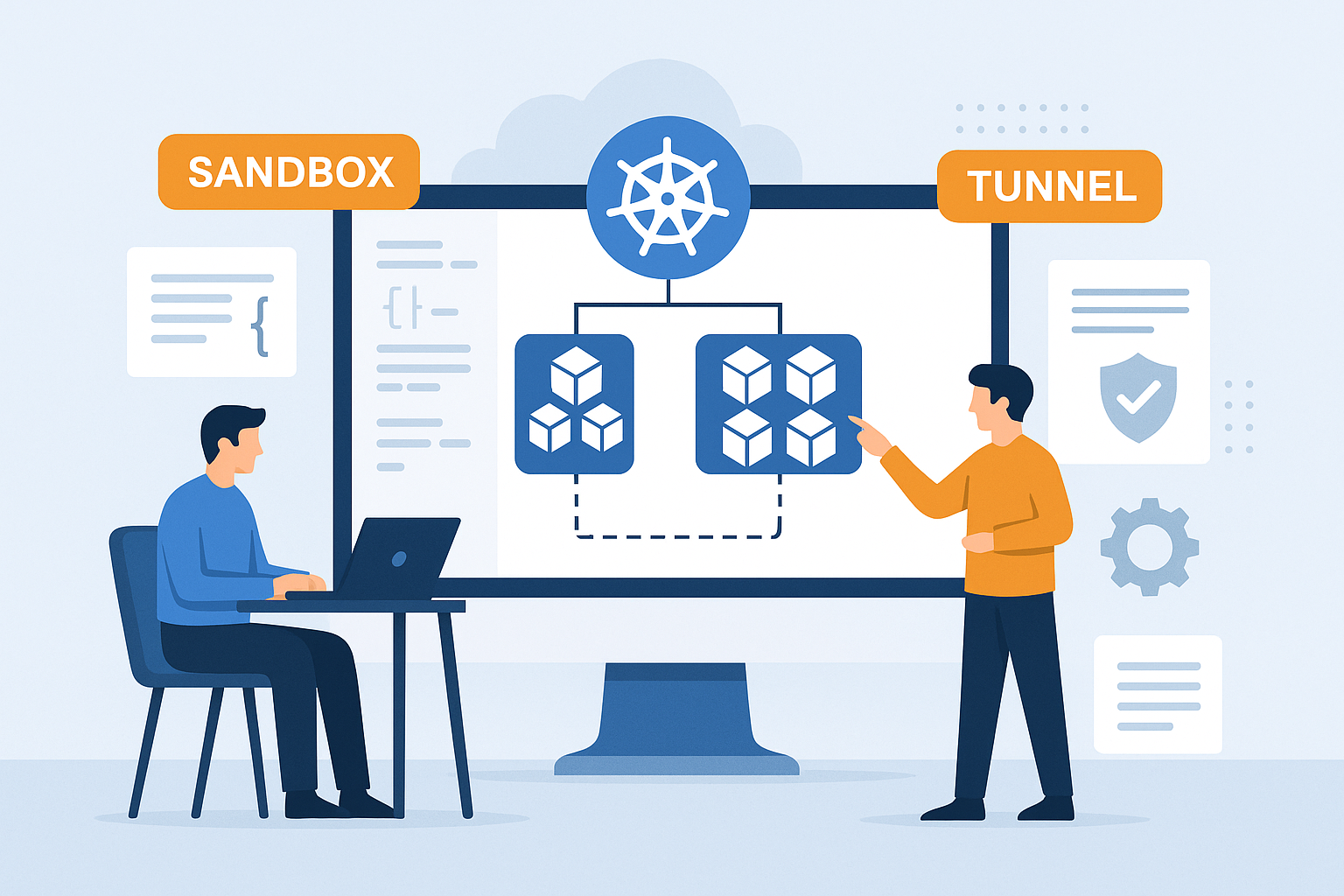Your CI/CD Pipeline Wasn’t Built for Microservices
.jpg)
Image by Rodion Kutsaievfrom Unsplash.
Don’t blame your CI/CD tools for being slow. Let your pipeline focus on component-level validation and move systemwide testing to developer canary testing.
For any organization serious about microservices, your CI/CD pipeline, in its traditional form, has become a liability. It’s the single greatest source of friction slowing your developers down and strangling the very agility you sought to achieve.
This isn’t about the tools. Jenkins, GitLab, GitHub Actions and CircleCI are powerful pieces of engineering. The problem is the outdated, monolithic philosophy we force upon them. We’ve been conditioned to treat the pipeline as the ultimate, all-seeing quality gatekeeper. We burden it with a massive, multistage “integration test” phase that attempts to validate every change against an entire distributed system.
In a microservices world, this is a fool’s errand. It forces every developer into the dreaded “staging bottleneck” — a slow, brittle and perpetually contested environment where confidence goes to die. The pipeline, which was meant to be an engine of speed, has become a symbol of slowness.
The Million-Dollar Bottleneck
The cost of this friction is staggering. When a single shared staging environment serves dozens or hundreds of engineers, it becomes a tragedy of the commons. Developer A pushes a change that breaks the tests for Developer B. Test data gets corrupted. Teams form queues, waiting hours for a “stable” window to validate a simple change.
This isn’t just frustrating; it’s a direct hit to the bottom line. A recent Forrester report on developer experience found that 74% of respondents believe improving DevEx can drive productivity. When your most expensive talent spends hours wrestling with a broken test environment, that’s not just a morale problem — it’s a million-dollar productivity problem.
The promise of microservices, as microservices pioneer Sam Newman puts it, is “independent deployability.” Yet, our testing practices chain all our services together, forcing them into a monolithic release process.
Redefine the Job, Don’t Just Optimize the Tool
The breakthrough isn’t to build a “better” pipeline; it’s to radically redefine its job description. If the traditional “test” stage is the source of the pain, then we must surgically remove it from the pipeline’s core responsibilities and give that job to a superior, modern replacement.
This creates a new, more effective division of labor. The pipeline is liberated. Its role shrinks to what it does best: lightning-fast, local validation. It should run unit tests, perform static analysis, check API contracts and build a deployable artifact. Its entire job should be done in minutes. It no longer answers the complex question, “Does this change work with the rest of our system?” It simply answers, “Is this a well-formed, high-quality component ready for validation?”
The critical question of systemwide validation now has a new home. This is where “developer canary testing” comes in. It is the modern successor to the broken “integration test” stage, designed for the realities of distributed systems.
Developer Canary Testing in a Multitenant Environment

Instead of the pipeline triggering tests in a chaotic shared environment, developer canary testing allows for massive, concurrent validation with perfect isolation, all within a single, high-fidelity pre-production environment. It transforms your staging environment from a battlefield into a scalable, multitenant platform.
The workflow represents the evolution we need. A developer’s lean CI pipeline successfully builds a new version of the service from a feature branch. To validate it, a “developer canary” of that service is deployed into the high-fidelity staging environment. It runs alongside the stable, baseline versions of all other services.
The developer initiates an end-to-end test. This test request is tagged with a unique context header. An intelligent routing layer, typically a service mesh, inspects the traffic. It directs any request with the developer’s header to their canary. All other developers’ test requests, tagged with their own unique contexts, are routed to their respective canaries. Any non-tagged traffic simply hits the stable baseline services.
.png)
The result is a perfectly isolated test run that validates the new code against the full, realistic environment, including its real dependencies, without any risk of collision or interference.
This approach directly addresses what Matthew Skelton and Manuel Pais call “cognitive load” in their book “Team Topologies.” By providing a simple, abstracted way to test, platform teams can reduce the extraneous cognitive load on developers, freeing them to focus on delivering value.
The Payoff: Confidence and Velocity, Reunited
By adopting this model, you fix the broken paradigm. The CI/CD pipeline becomes a lean, fast engine for code integration, while the complex task of integration testing moves to a framework built for distributed systems.
The message is clear: Stop blaming your CI/CD tools for being slow. Instead, change their job. Let your pipeline focus on component-level validation and move systemwide testing to developer canary testing. That’s how you break the bottleneck and unlock the true promise of microservices.
Solutions like Signadot are making this approach accessible to teams of all sizes. If you’re ready to break free from the staging bottleneck, you can try it for free at https://www.signadot.com/.
Related Articles
Join our 1000+ subscribers for the latest updates from Signadot







